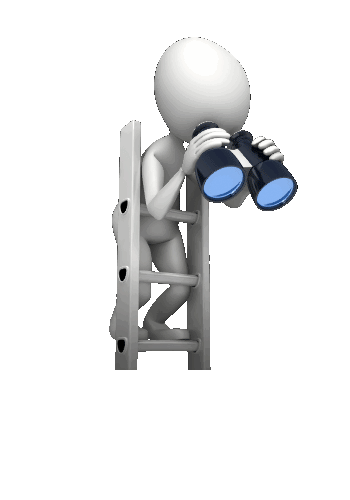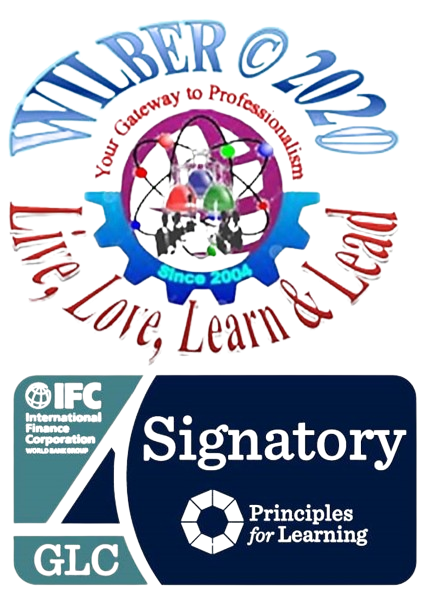THE CRIME SCENE SEARCH

The purpose of crime scene investigation is to help establish what happened (crime scene reconstruction) and to identify the responsible person. This is done by carefully documenting the conditions at a crime scene and recognizing all relevant physical evidence. The ability to recognize and properly collect physical evidence is oftentimes critical to both solving and prosecuting violent crimes. It is no exaggeration to say that in the majority of cases, the law enforcement officer who protects and searches a crime scene plays a critical role in determining whether physical evidence will be used in solving or prosecuting violent crimes.
Watch then this video below for you to be guided by how searches are being done and how will you employ the best approach according to the nature of the crime being investigated!
Remember that crime scene investigation is a difficult and time-consuming job. There is no substitute for a careful and thoughtful approach. An investigator must not leap to an immediate conclusion as to what happened based upon limited information but must generate several different theories of the crime, keeping the ones that are not eliminated by incoming information at the scene. Reasonable inferences about what happened are produced from the scene’s appearance and information from witnesses. These theories will help guide the investigator to document specific conditions and recognize valuable evidence.
Documenting evidence is now our next issue! In the next video are options that could be helpful for an investigator in preparing for a rough then a finished sketch, and WHAT APPROPRIATE METHODS AND MORE OF MEASUREMENT can be used in the said crime.
THIS VIDEO WILL HELP YOU WITH THAT!
Finally, as you finish sketching, bear in mind that you were able to RECORD EVERYTHING AT THE CRIME SCENE. REMEMBER THIS, though our next video is presented late after sketching, PHOTOGRAPHY MUST BE DONE FIRST before sketching. Why? This is to ensure that everything had been recorded prior to A MORE INTRUSIVE APPROACH of the investigator or team of investigators. This is the reason why photography comes first prior to sketching and of course at the same time NOTE-TAKING. Remember the crime scene DOCUMENTATION can be done in three ways, photography, sketching, and note-taking.

Our last video for this part is all about crime scene photography. You will be more enlightened on this matter when you took up your forensic photography, our presentation here is just the basics of how an evidential photograph is prepared.
WATCH THE presentation below!
Having been watched all those guides, you have now basic and initial knowledge in RECORDING AND DOCUMENTING THE CRIME SCENE. With some other subject that you will be tackling in the future, you can fortify this basic and initial knowledge for you to become a candidate for CRIMINAL INVESTIGATOR!
You can now proceed with our quiz below to see how you comprehend this lesson.
CLICK THE ARROW BELOW & GOOD LUCK WITH YOUR QUIZ!
I

